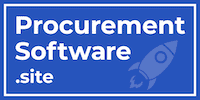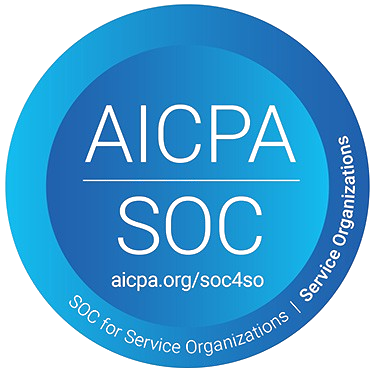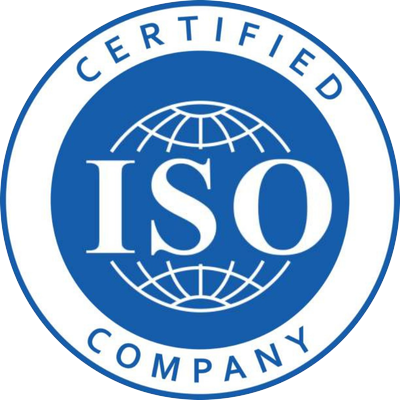In the ever-evolving realm of procurement, where adaptability, foresight, and collaboration reign supreme, the role of a Chief Procurement Officer (CPO) transcends conventional managerial duties. As custodians of the procurement domain, CPOs are tasked not only with streamlining costs and mitigating risks but also with nurturing innovation, championing sustainability, and cultivating a high-performing team. At the heart of accomplishing these multifaceted objectives lies the adept application of diverse leadership styles tailored to the intricate demands of procurement operations.
Defining the CPO Role:
The scope of the CPO’s responsibilities encompasses overseeing all facets of procurement, including sourcing, supplier management, contract negotiation, and risk mitigation. They are entrusted with aligning procurement strategies with broader organizational objectives, driving value creation, and ensuring regulatory compliance. Essential attributes include possessing a strategic vision, robust analytical skills, and the ability to foster collaboration across departments and with external stakeholders.
In this comprehensive discourse, we delve into the pivotal leadership styles available to CPOs, offering nuanced insights into their judicious deployment and optimal efficacy.
1. Authoritative Leadership:

Description: Authoritative leadership encompasses the art of articulating a compelling vision and charting a definitive course for the procurement function, synergizing it with overarching organizational objectives while galvanizing team members to pursue excellence.
When to Use: Employ authoritative leadership when spearheading transformative initiatives, such as pioneering new procurement methodologies, revitalizing supplier collaborations, or redefining procurement paradigms. This style fosters alignment and commitment, particularly during periods of organizational flux or ambiguity.
2. Democratic Leadership:

Description: Democratic leadership epitomizes inclusivity by engendering an environment where input and feedback from team members and stakeholders are solicited and valued, nurturing a culture of collective decision-making and collaboration.
When to Use: Harness democratic leadership when soliciting diverse perspectives on critical procurement imperatives, such as strategic supplier engagement, contractual negotiations, or procedural enhancements. By engendering stakeholder involvement in decision-making, CPOs can fortify consensus, stimulate innovation, and fortify relationships within the procurement ecosystem.
3. Coaching Leadership:

Description: Coaching leadership is synonymous with nurturing the professional growth and potential of individual team members through personalized mentorship, guidance, and support, thereby fostering a culture of continuous learning and development.
When to Use: Embrace a coaching ethos during personalized interactions with team members, performance evaluations, or skill augmentation sessions. By investing in the holistic development of procurement professionals, CPOs can cultivate talent, bolster retention, and cultivate an adaptable and resilient workforce.
4. Affiliative Leadership:

Description: Affiliative leadership embodies the ethos of building robust relationships, fostering trust, and cultivating a positive work environment conducive to collaboration, transparency, and open dialogue.
When to Use: Deploy affiliative leadership to cultivate a cohesive and supportive procurement milieu, especially during periods of organizational upheaval, stress, or discord. This style nurtures camaraderie, morale, and team engagement, pivotal for surmounting challenges and attaining shared objectives.
5. Pacesetting Leadership:

Description: Pacesetting leadership sets exacting performance benchmarks and expects unwavering commitment to excellence and self-direction from team members, leading by example to propel results.
When to Use: Exercise judiciousness when resorting to pacesetting leadership, as its intense focus on performance can precipitate burnout and disengagement if overutilized. Nevertheless, in exigent scenarios necessitating rapid adaptation, such as crisis mitigation or urgent project delivery, this style can instill urgency, accountability, and initiative among the procurement cadre.
Conclusion
In navigating the labyrinthine terrain of procurement leadership, versatility and acumen are indispensable. By discerning the subtleties of each leadership style and deploying them discerningly, CPOs can adeptly navigate their teams through the gamut of challenges and opportunities. Furthermore, embracing a pliable and adaptive leadership approach empowers CPOs to dynamically respond to evolving market dynamics, technological advancements, and organizational exigencies.
In summation, the efficacy of a CPO hinges not solely on strategic acumen and technical prowess but also on adept leadership. By mastering the alchemy of leadership versatility and discerning the opportune moments to wield each style, CPOs can kindle innovation, foster synergy, and propel their organizations toward procurement eminence in an ever-evolving global panorama.











